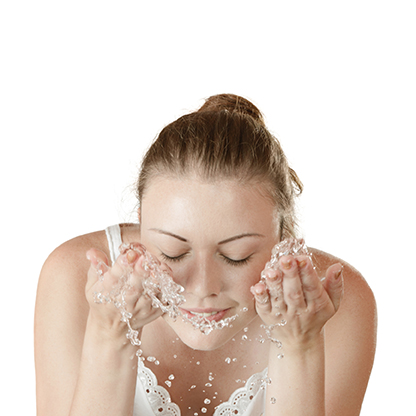According to Mintel, the world’s leading market intelligence agency, 24 per cent of consumers between the ages of 16 and 24 are now looking for “waterless” products. This is a result of an increased global awareness of dwindling water supplies, with consumers looking for products that are made with—and used with—smaller quantities of water.
Currently, several products on the market are being advertised in this way, including dry shampoos and beauty bars, which eliminate the need for excess water usage both in the shower and in the actual formulation of the products. Beauty bars, which consist of lipids and emulsifiers, moisturize the skin without the water content of a traditional moisturizer: today, standard creams and lotions contain 70-80 per cent water content by weight.
Additionally, metamorphosing product forms—like oil-to-powder, glycerine-in-oil and powder-to-foam—can be helpful in eliminating water during the formulation process, but may still require water during use.
Unfortunately, some products claiming to be “waterless” may be misleading—the manufacture of these personal care products requires significant cleansing of equipment, which uses massive amounts of water. And, some of these products—like those using vast volumes of glycerine, lipids or other solvents—can come with large carbon footprints.
As such, take this market trend into consideration when deciding what to stock your shelves with, but be wary of the environmental ramifications these “eco-friendly” products may actually have.







